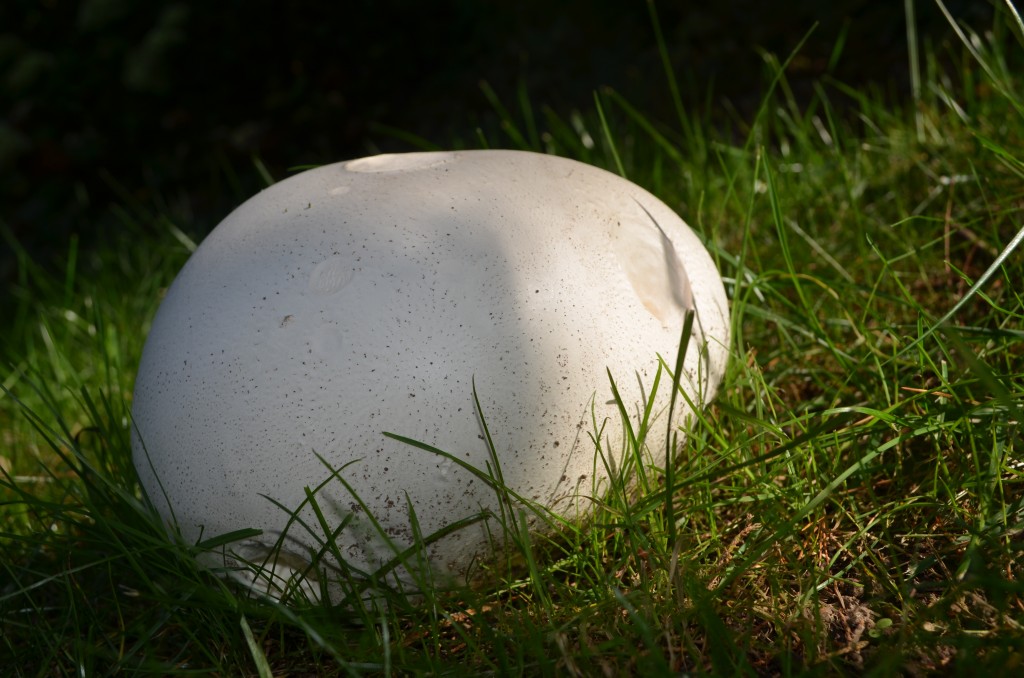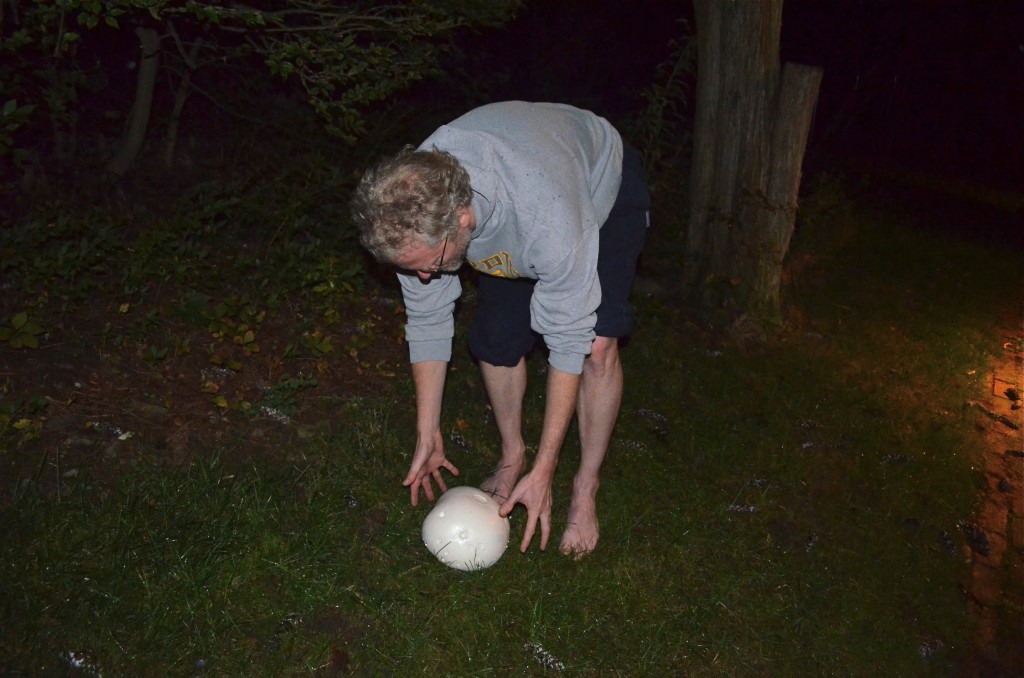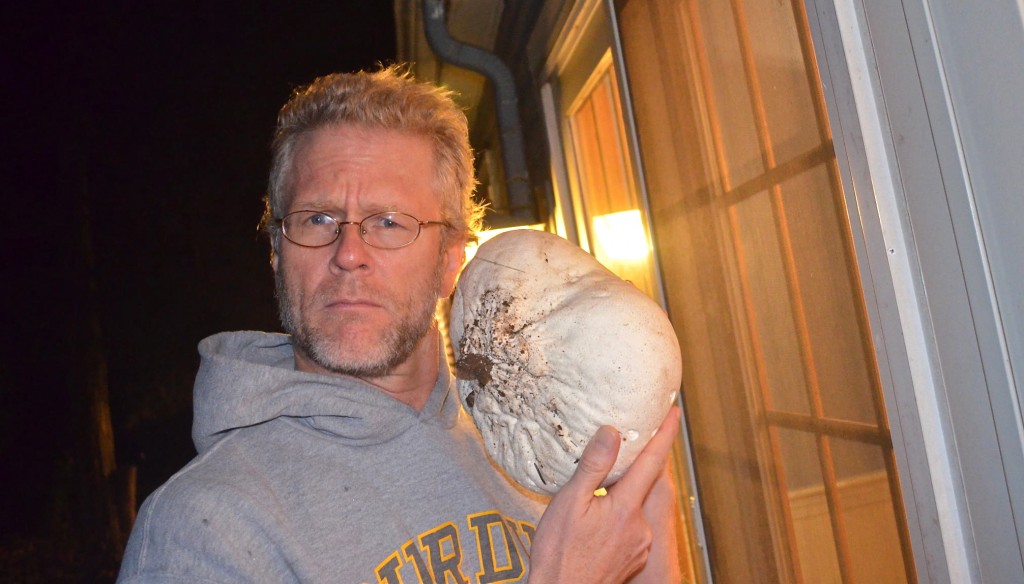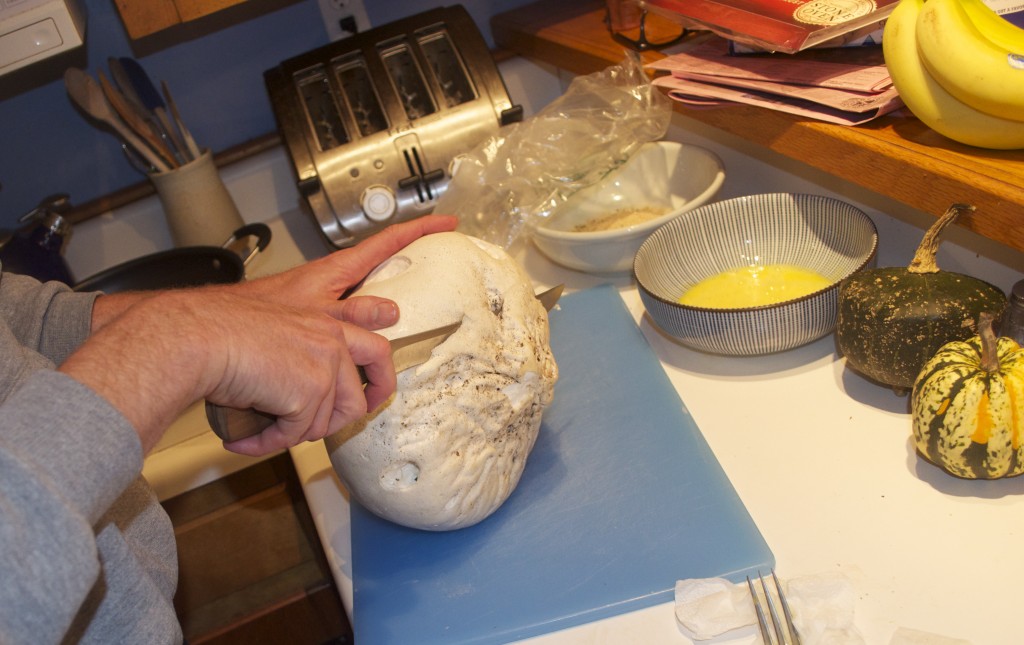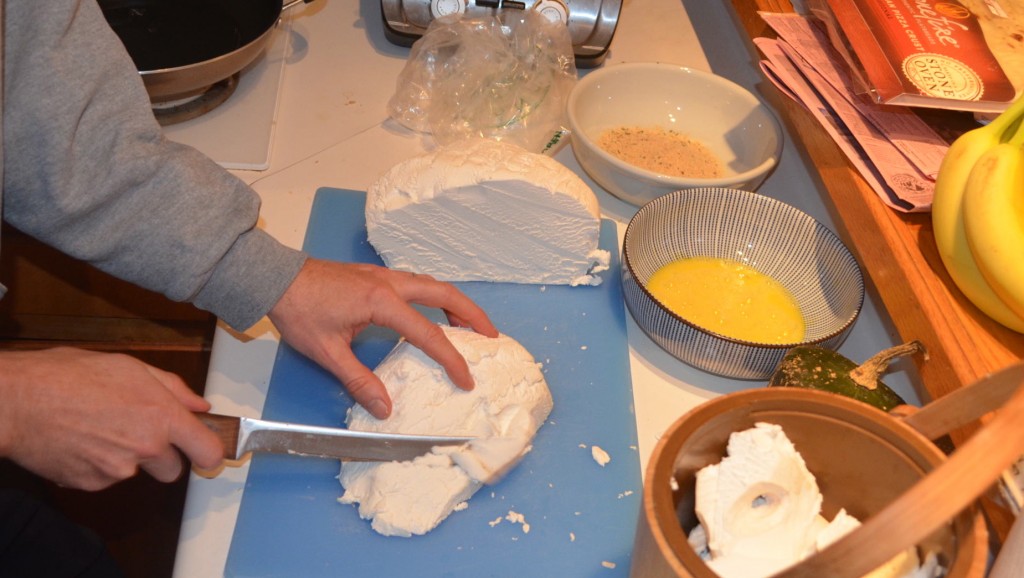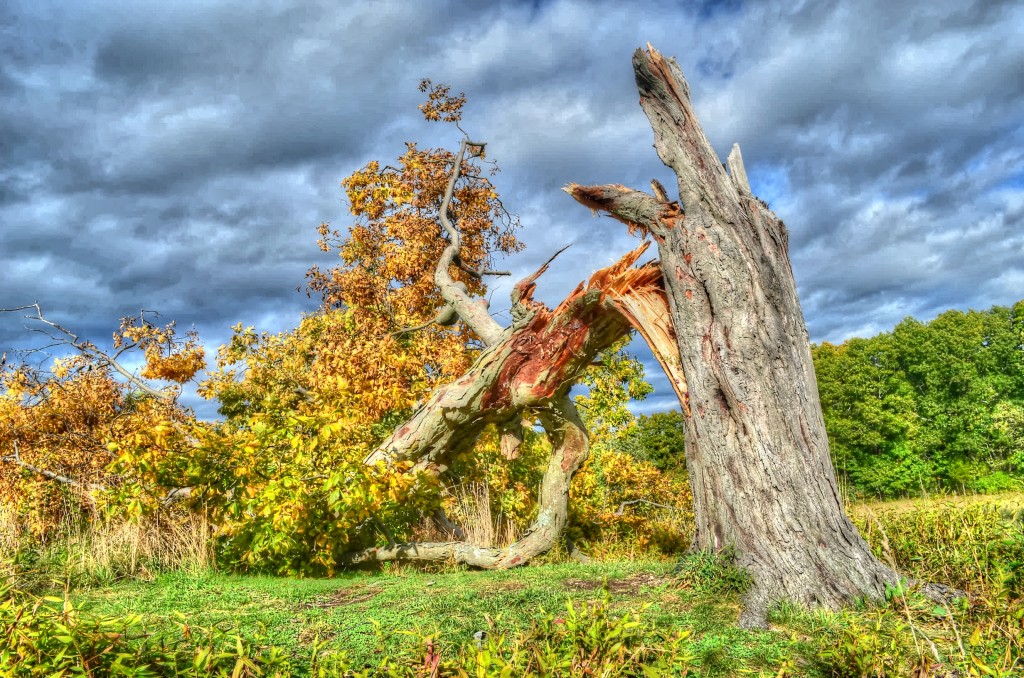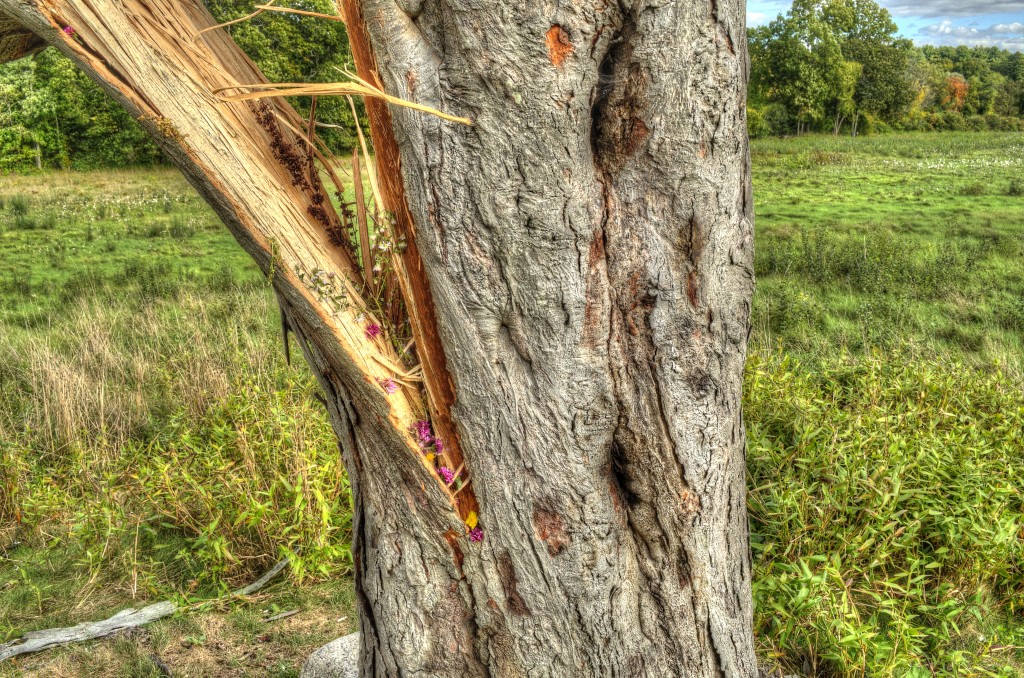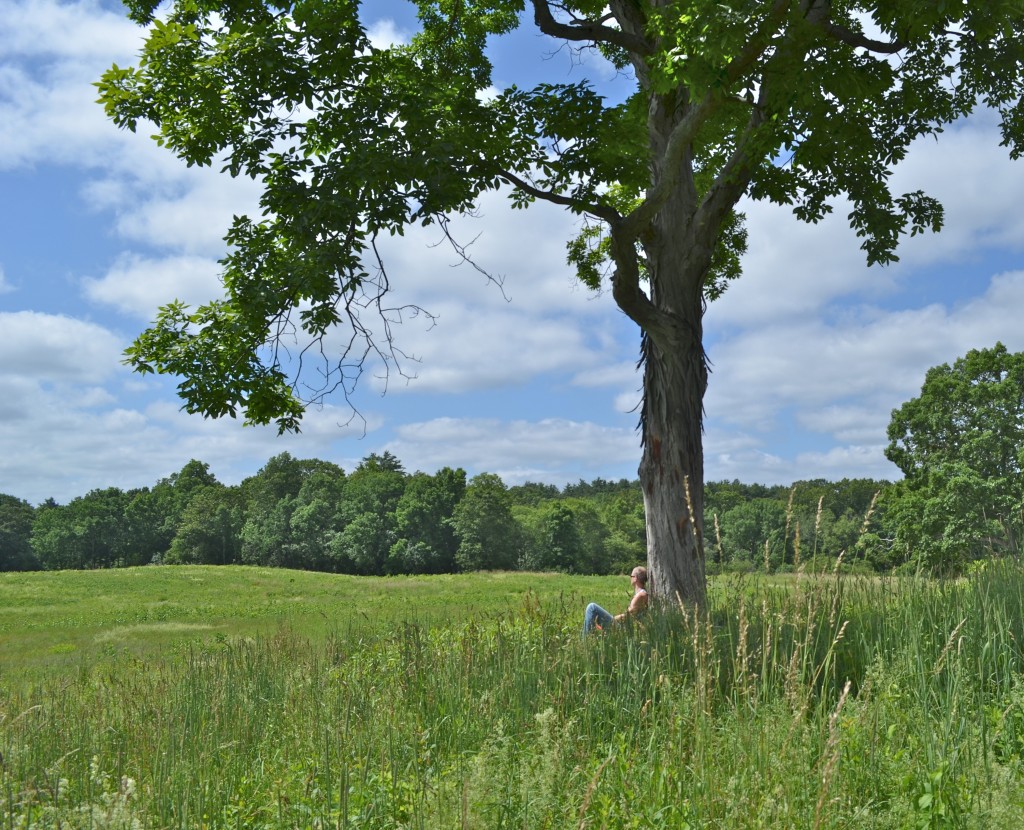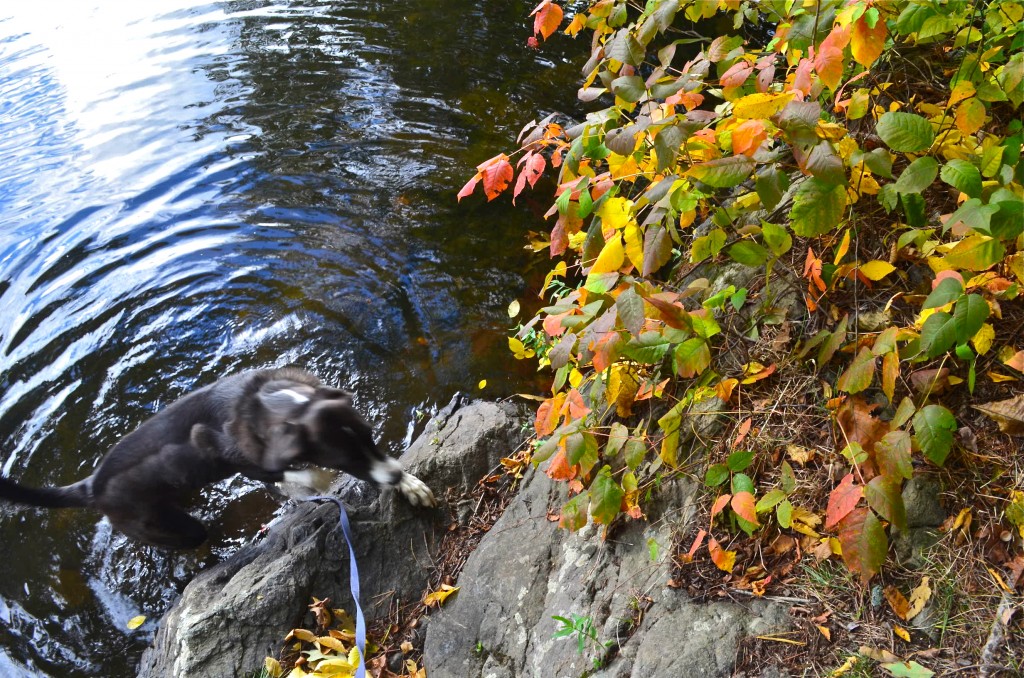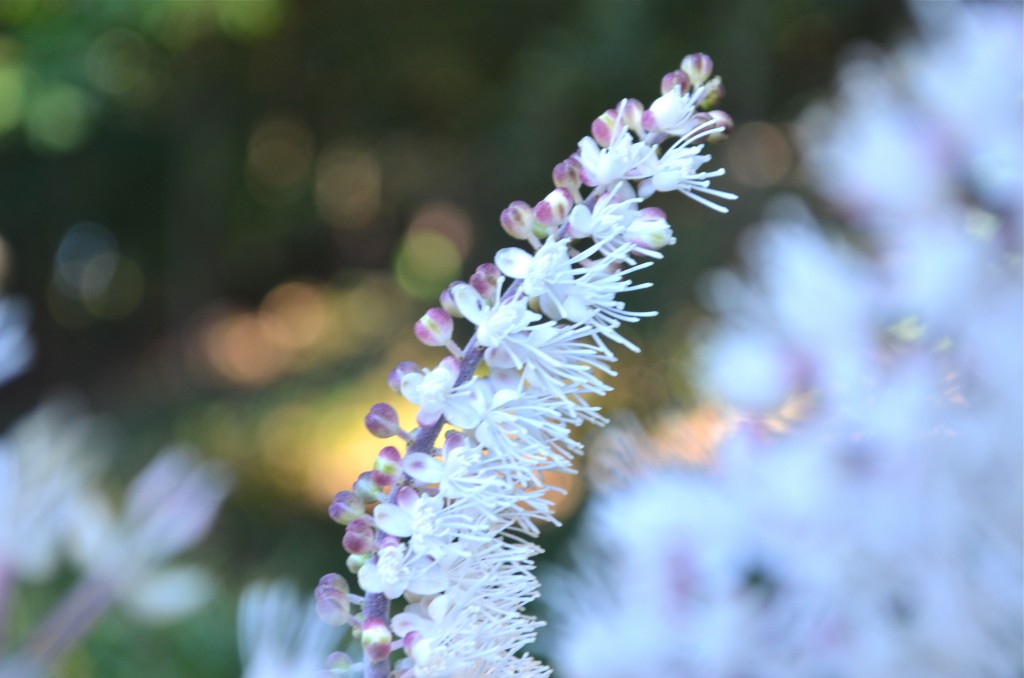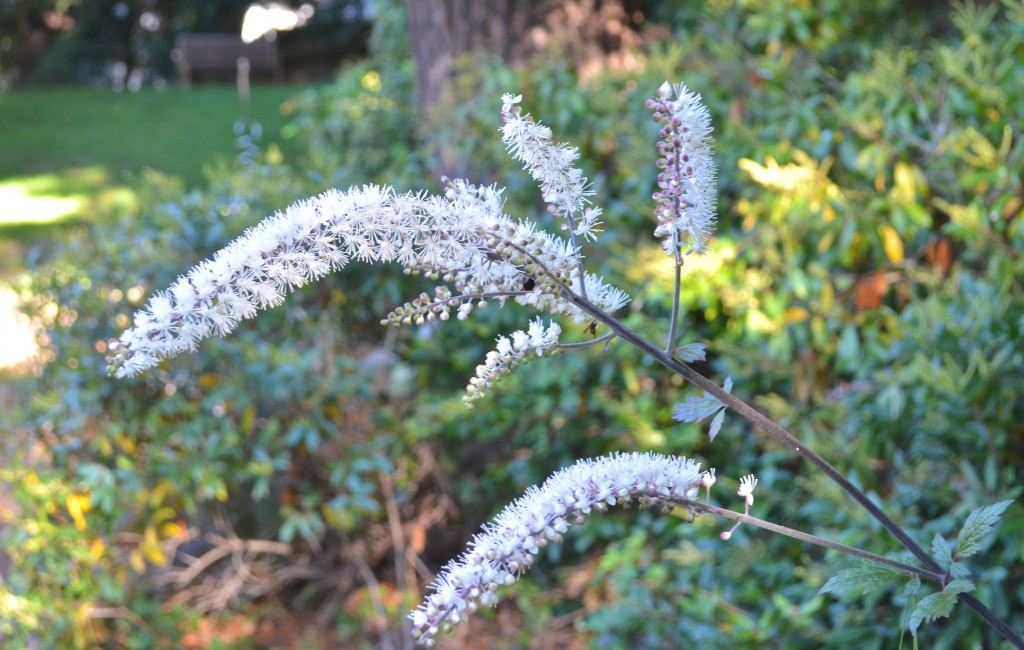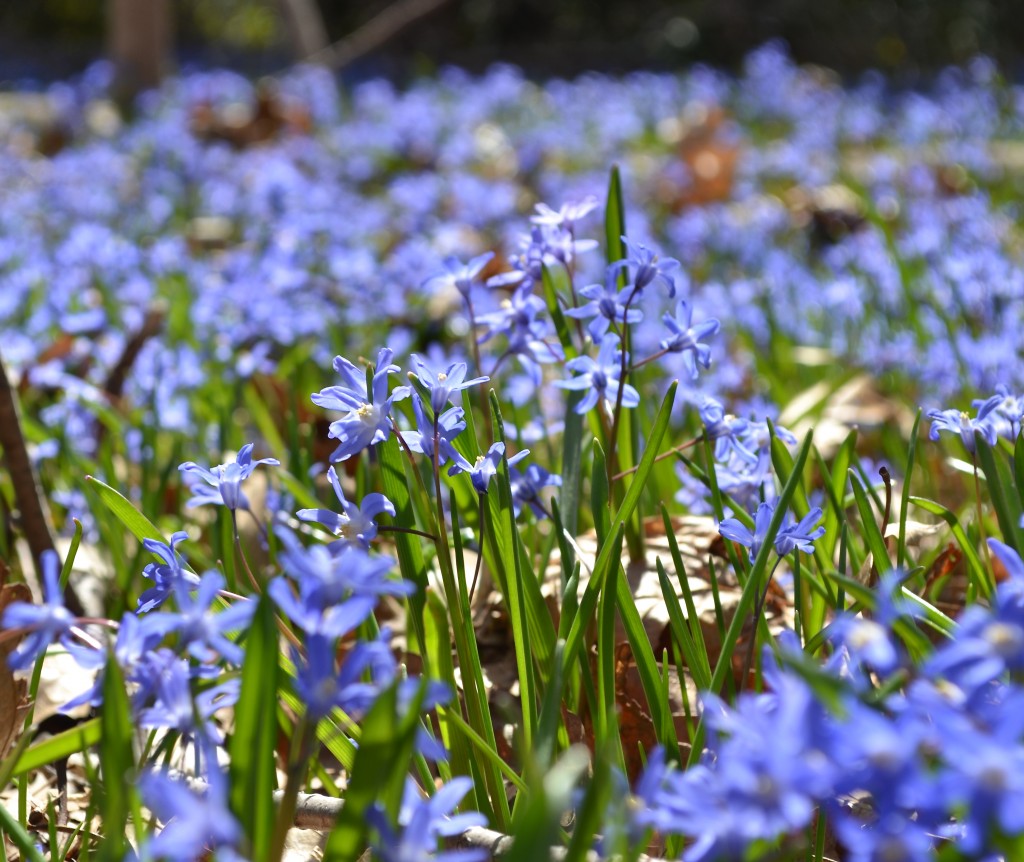 At Centennial, I noticed a single beautiful little blue flower among the brown leaves. I wasn’t going to count it because it’s Scilla siberica, a spring bulb flower. But as I kept looking, I saw this big drift of color at the edge of the woods where this flower had been naturalized, and the single one I saw was clearly an escapee from this group. So let’s not count it as a wildflower, but the field of blue was so gorgeously springy as to require a post. Native to southwestern Russia, the Caucasus and Turkey. But not Siberia.
At Centennial, I noticed a single beautiful little blue flower among the brown leaves. I wasn’t going to count it because it’s Scilla siberica, a spring bulb flower. But as I kept looking, I saw this big drift of color at the edge of the woods where this flower had been naturalized, and the single one I saw was clearly an escapee from this group. So let’s not count it as a wildflower, but the field of blue was so gorgeously springy as to require a post. Native to southwestern Russia, the Caucasus and Turkey. But not Siberia.
Siberian Squill (Scilla siberica)

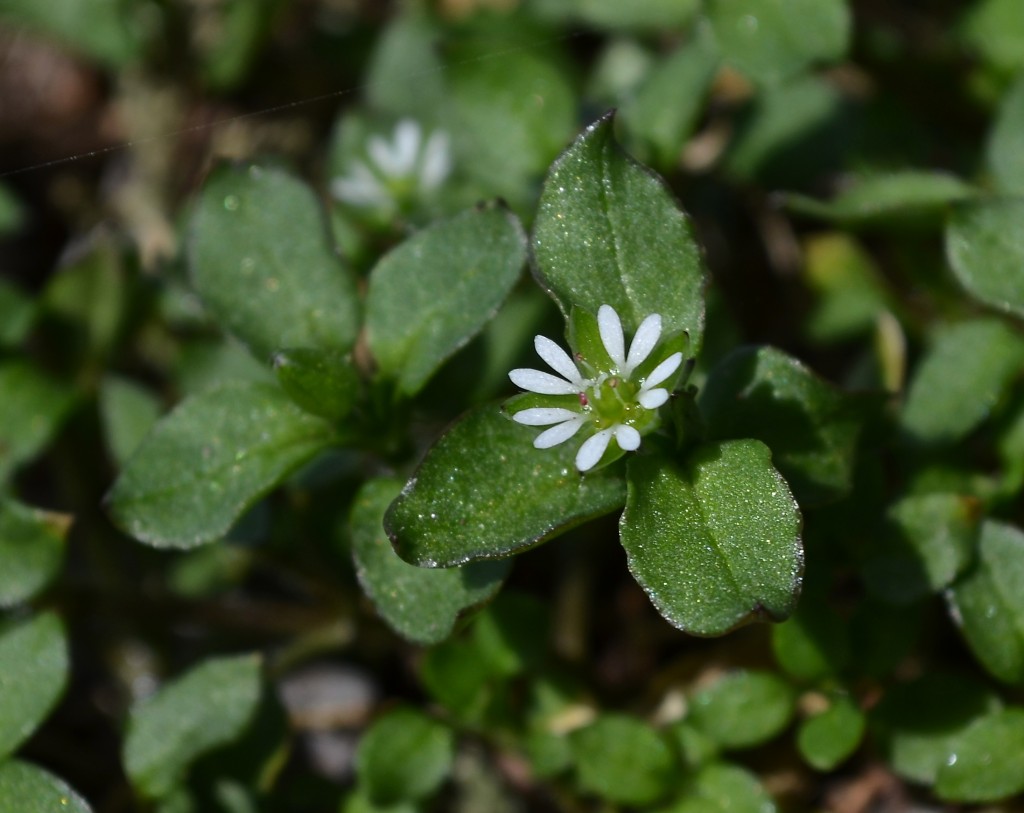
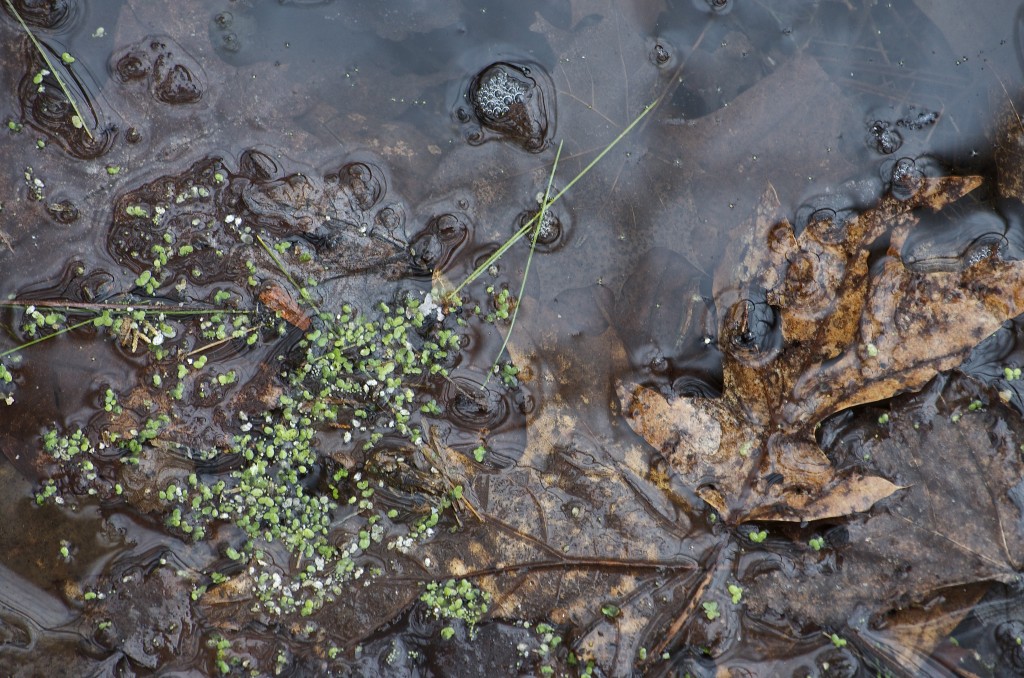
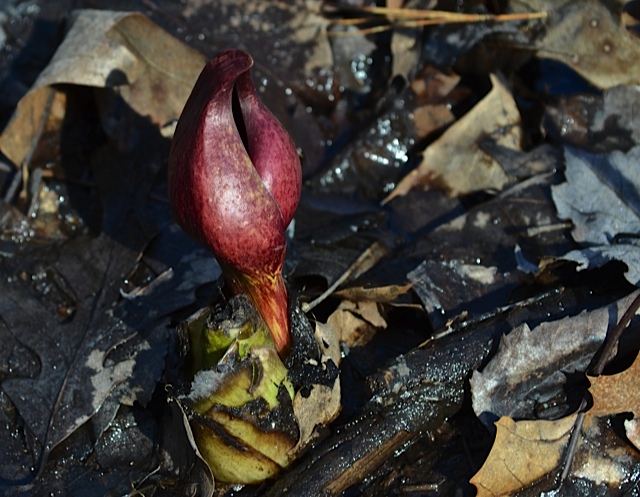
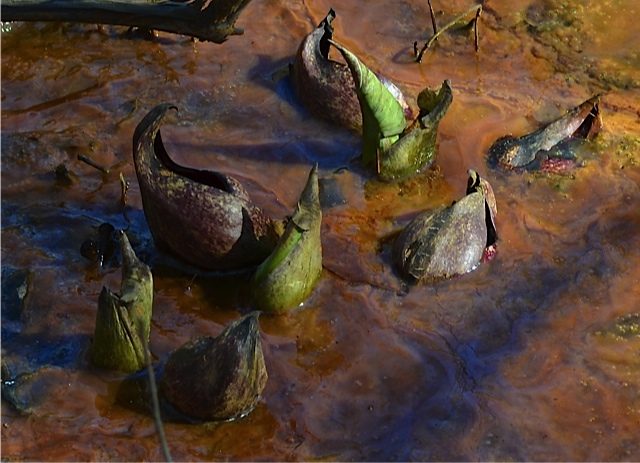
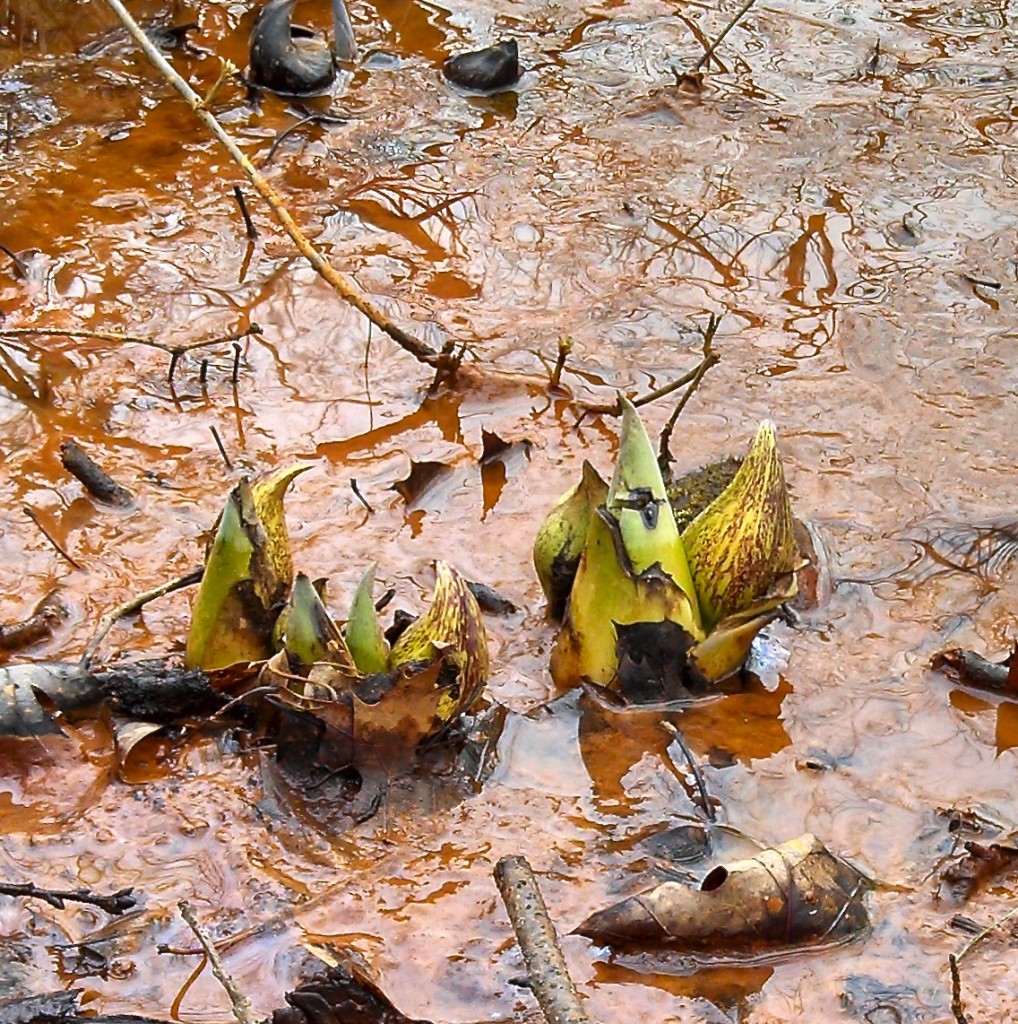
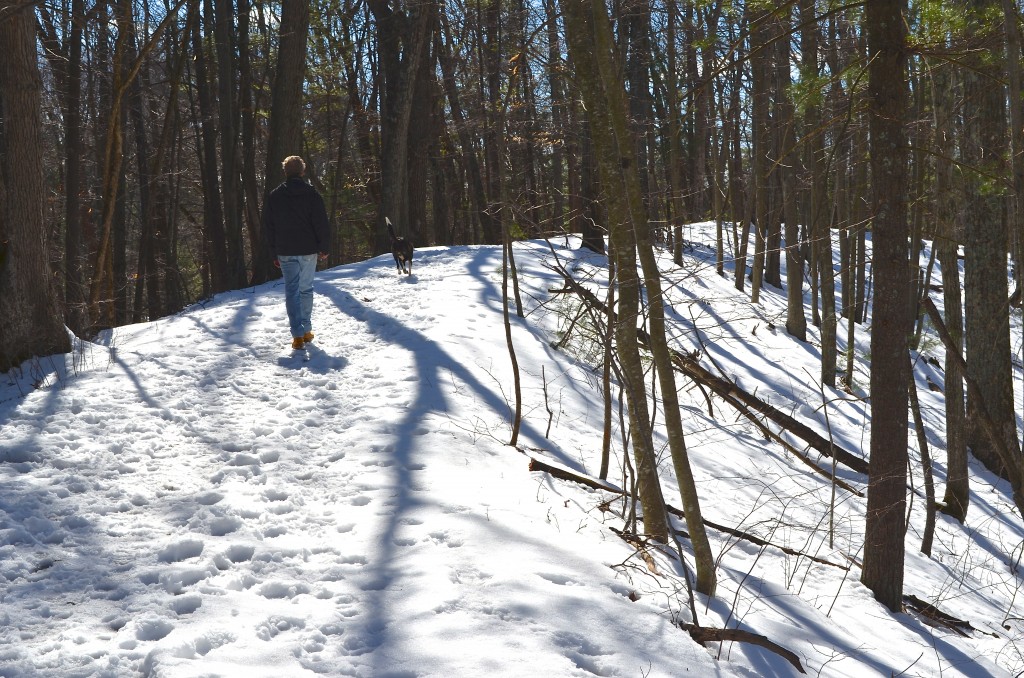
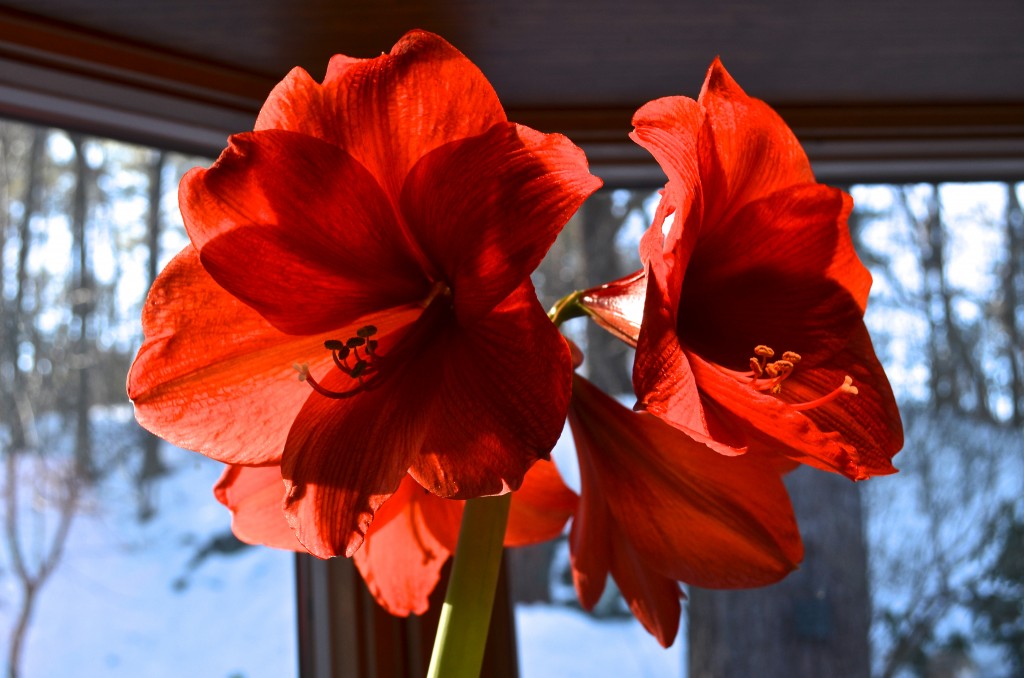
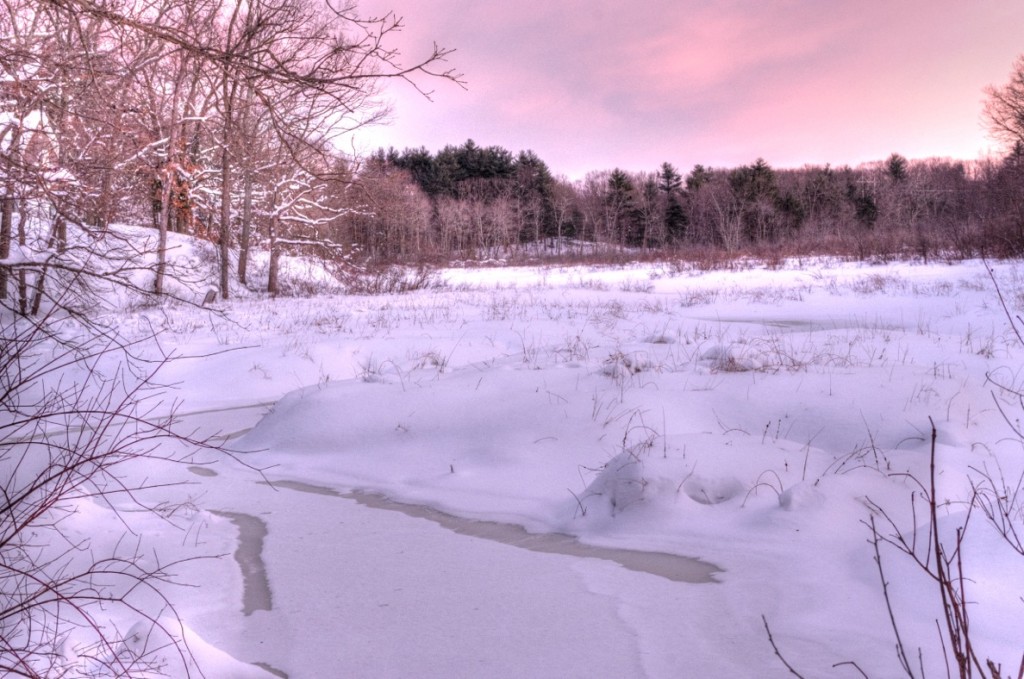
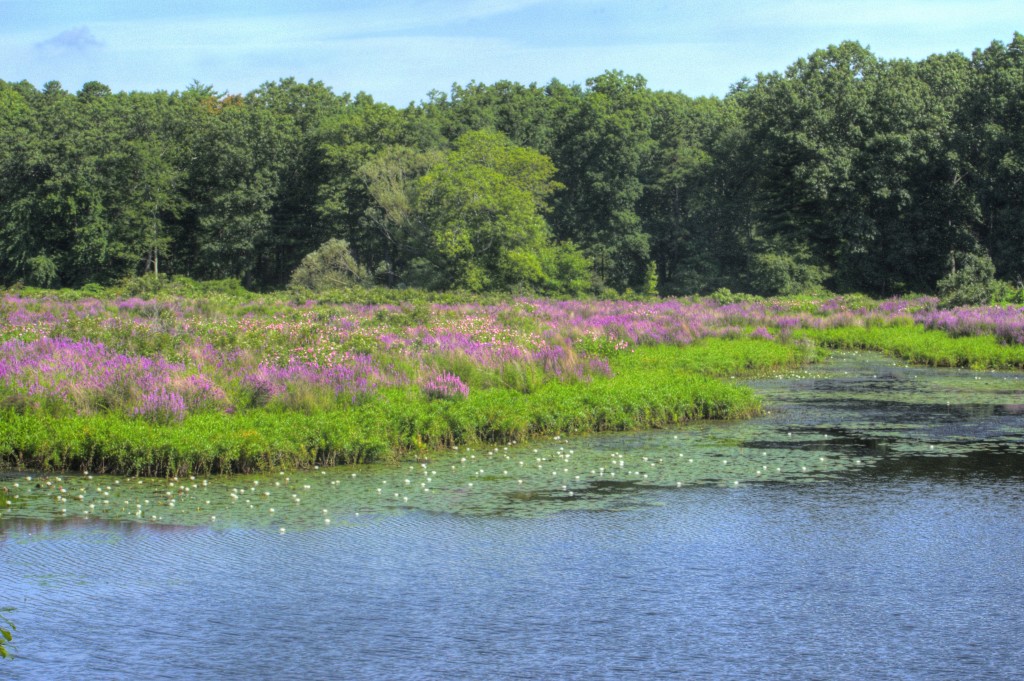
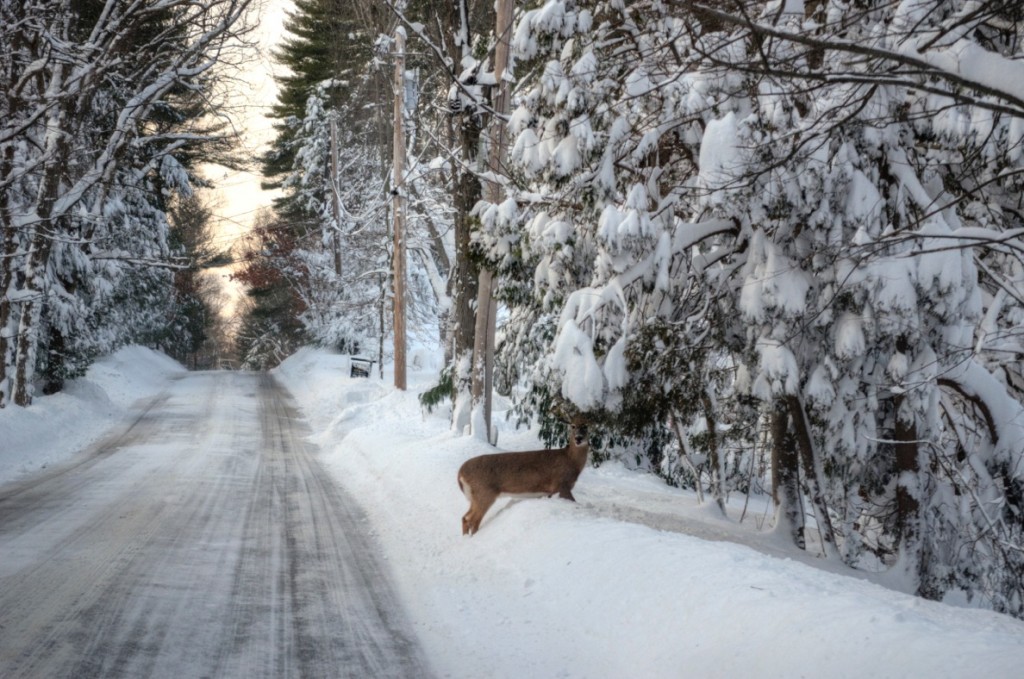
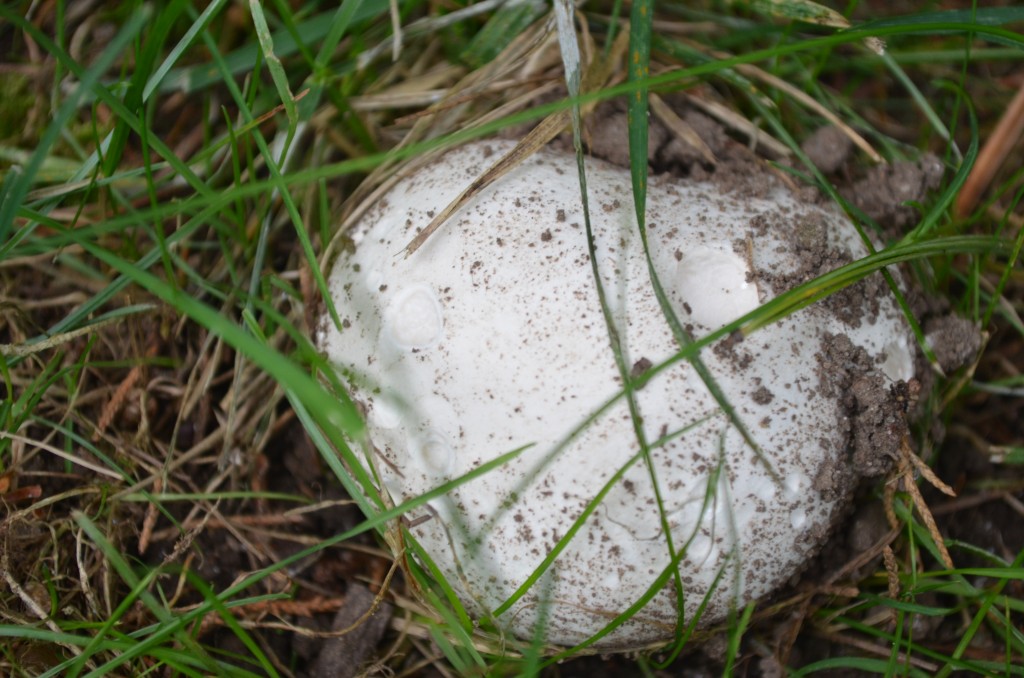 (September 26)
(September 26)